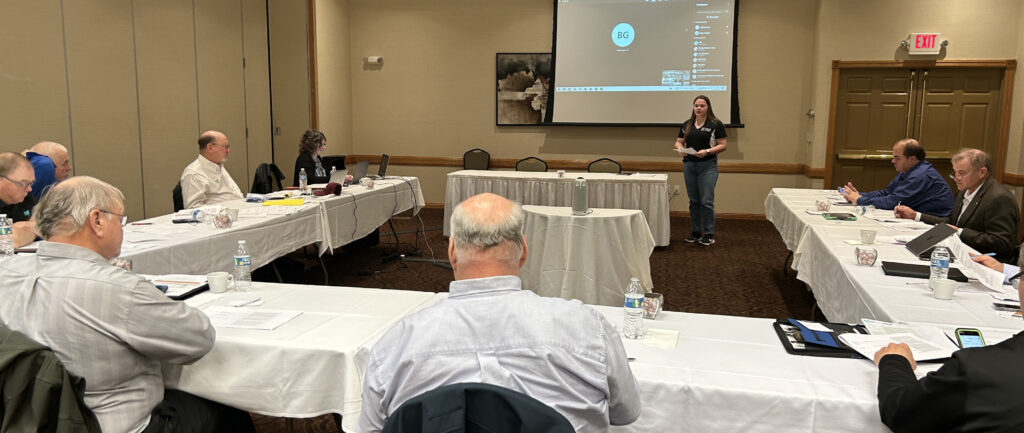According to the June 25 USDA crop progress report, The Minnesota soybean crop was 97 percent emerged, four days ahead of average. Soybean condition rated 79 percent good-to-excellent. Summer solstice has passed, nights are getting longer and the transition from vegetative stage to reproduction stage has started to occur. On a trip to Kittson County this last week, most of the sites planted before May 15 were already well into growth stage R1.
This brings up something to be considered: Sclerotinia sclerotiorum, the causal agent for white mold, spores infects the soybean flowers starting at R1 growth stages. Foliar symptoms are formation of gray-green tissue between the major green veins. Infected leaves eventually die and turn brown, but stay attached to the stem. The presence of black sclerotia and white mycelial growth (aka mold) on the basal stems are the final step in diagnosis. Properly timed, applied at R1-R3, foliar fungicide applications can prove effective in managing this pathogen. Applications at R4 or later are rarely effective. Scouting for white mold does not provide adequate application thresholds as visible white mold symptoms seldom, if ever, occur during R1-R3
There are no true WM resistant soybean varieties, but there are different tolerance levels. Rotation to a nonhost grass crop can reduce pathogen numbers. However, weed control in these grass crops are critical as many broadleaf weeds are hosts for this pathogen.
White mold management requires an integrated approach using several tactics. Some agronomic practices can help to manage white mold. Use of wide row spacing and decreasing population density may help reduce white mold incidence and severity. If a moist and warm environmental exist, and white mold has previously infested a field, targeted fungicide applications can also be used to reduce white mold incidence and severity. Disease prediction models, such as the one developed by Damon Smith and funded by MSR&PC, are being tested to assist farmers in determining when fungicides should be applied to manage white mold more effectively. This white mold smartphone app is now live. Download information and how-to videos can be found here.
White mold not only impacts yield, it also impacts an important marketing component, foreign matter. Some Minnesota farmers whose soybean fields were hit with white mold for the first time last year saw their FM jump to as high as 3 percent when they harvested affected fields, due to broken plant parts (stems, etc.). Recall the Chinese and U.S. governments had agreed in December 2017 that U.S.-origin soybeans exported to China will contain less than 1 percent FM. Once normal soybean export volumes resume between the U.S. and China, U.S. soybean imports into China will be under this new FM regulation. FM greater than 1 percent found in shipments could cause significant hardship for U.S. soybean exporters. In order to reduce their risk, it is expected that U.S. exporters will be issuing narrow restrictions on FM levels to their suppliers. Local Minnesota elevators are then likely to impose stringent dockages on incoming loads. This is an additional factor you might want to include in your planning applicable to white mold control.
Kim Nill, Minnesota Soybean’s director of market development, contributed to this report.







